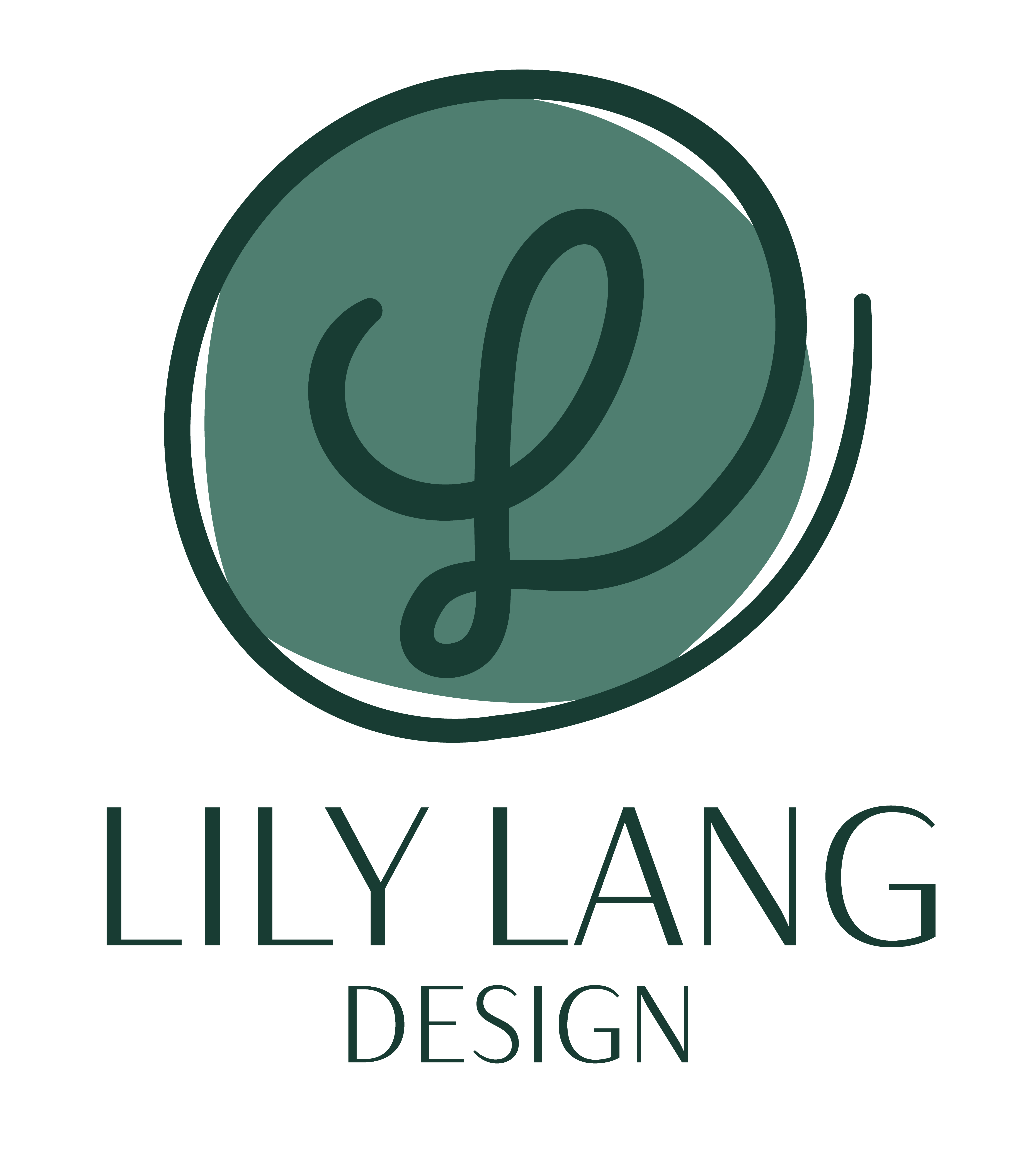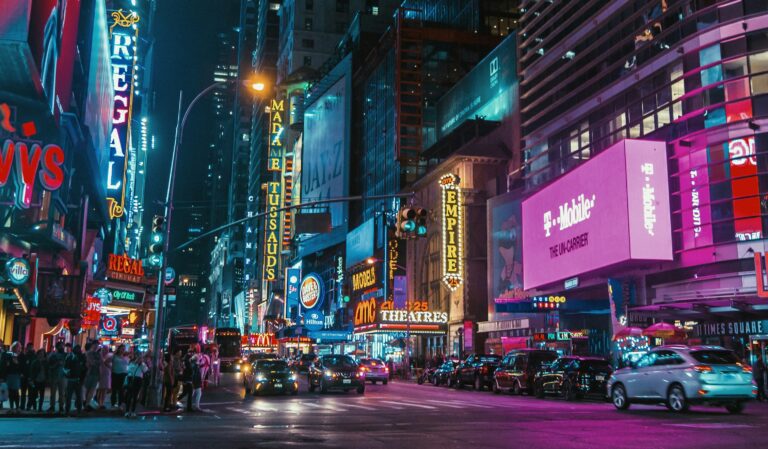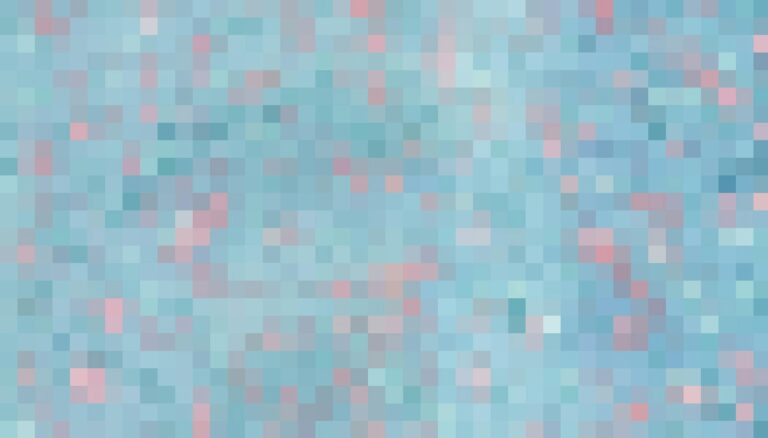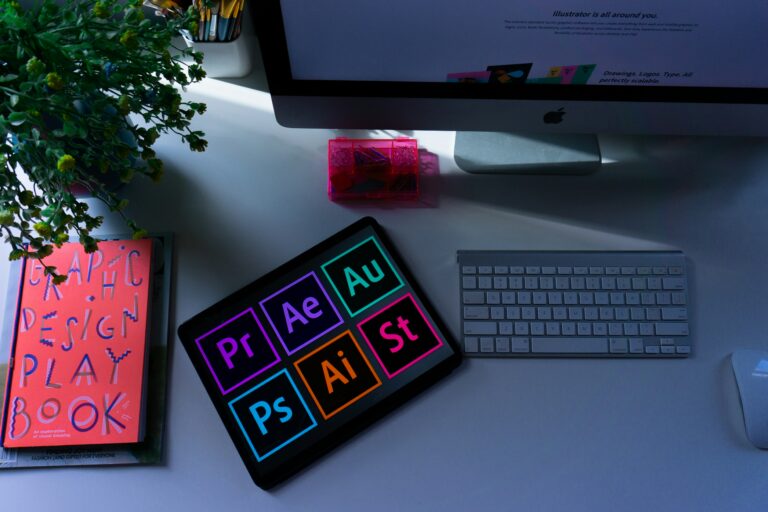Beyond Aesthetics: The Psychology of Design in Advertising
In the competitive landscape of advertising, captivating audiences goes beyond just aesthetics—it’s about understanding the psychology behind design to create compelling and effective campaigns. From color choices to typography and layout, every design element plays a crucial role in shaping consumer perceptions and driving action.
The psychology of design in advertising revolves around tapping into consumers’ emotions, beliefs, and motivations to influence their behavior. For example, using warm colors like red or orange can evoke feelings of excitement and urgency, while incorporating familiar imagery can foster a sense of trust and connection with the brand.
Moreover, strategic placement of visual elements and call-to-action buttons can guide users’ attention and encourage desired actions, such as making a purchase or signing up for a newsletter.
By leveraging principles of psychology in design, advertisers can create campaigns that resonate with their target audience on a deeper level, leading to higher engagement and conversion rates.
In conclusion, understanding the psychology of design in advertising is essential for creating impactful campaigns that cut through the noise and leave a lasting impression on consumers. By incorporating these principles into their creative process, advertisers can unlock the full potential of their campaigns and drive meaningful results.







